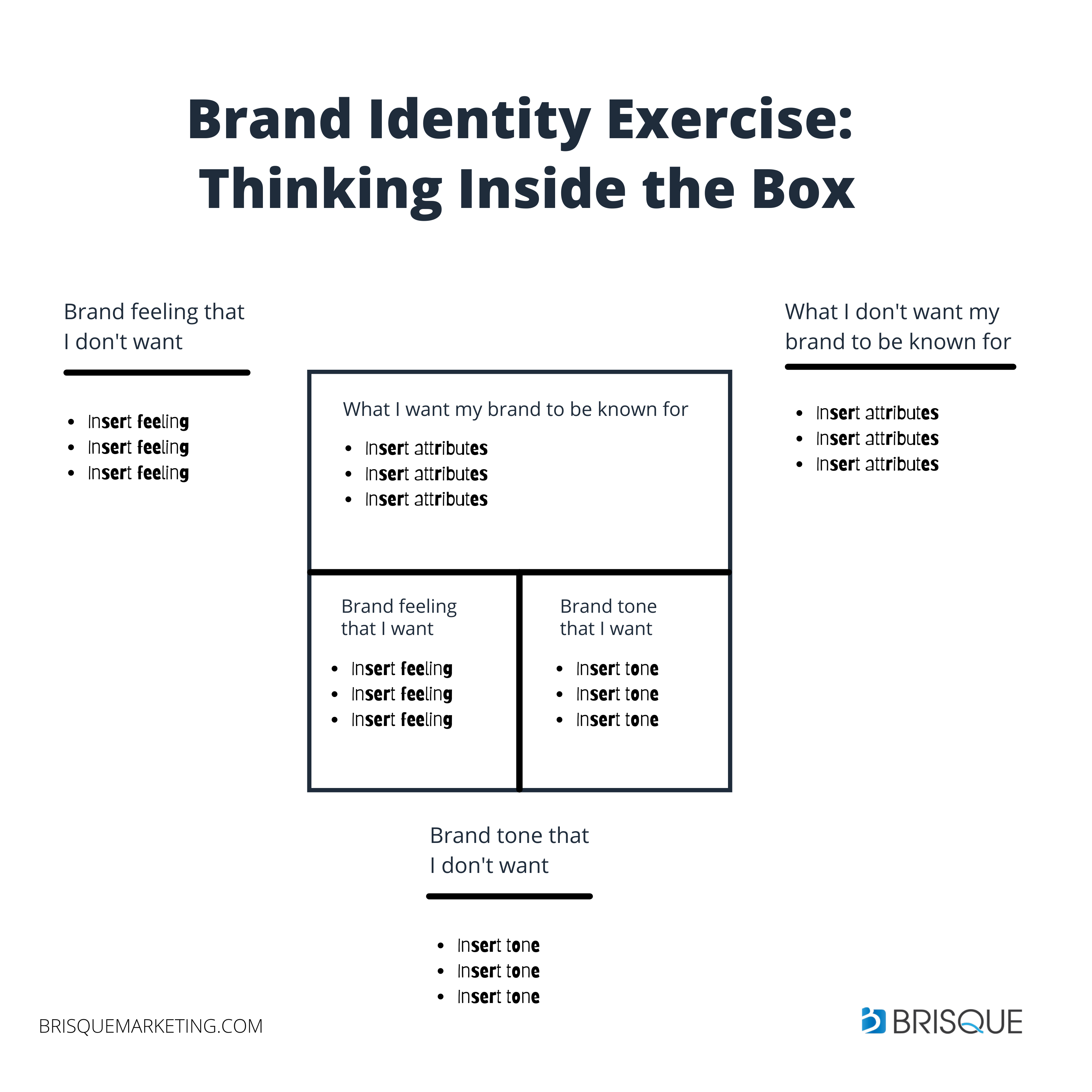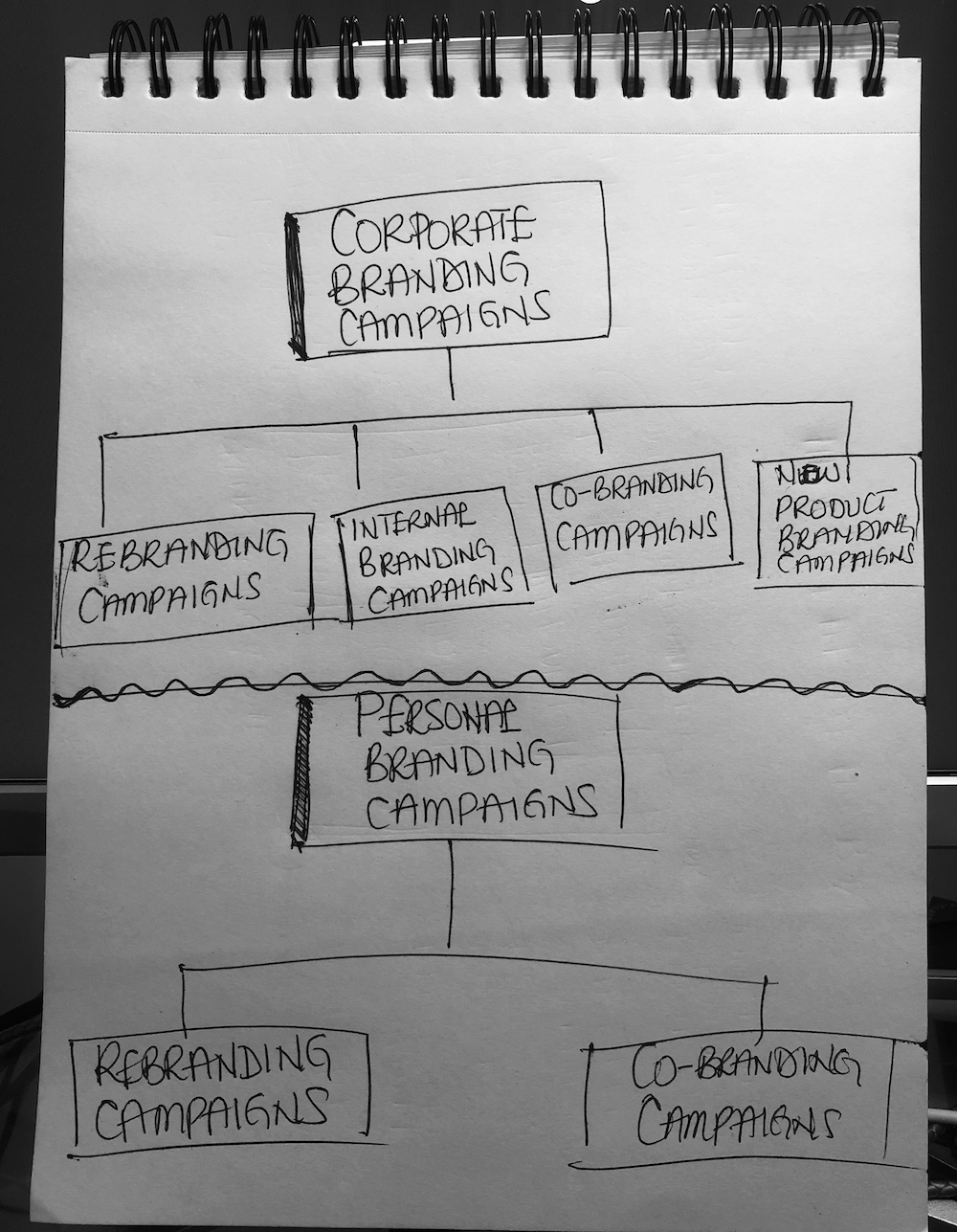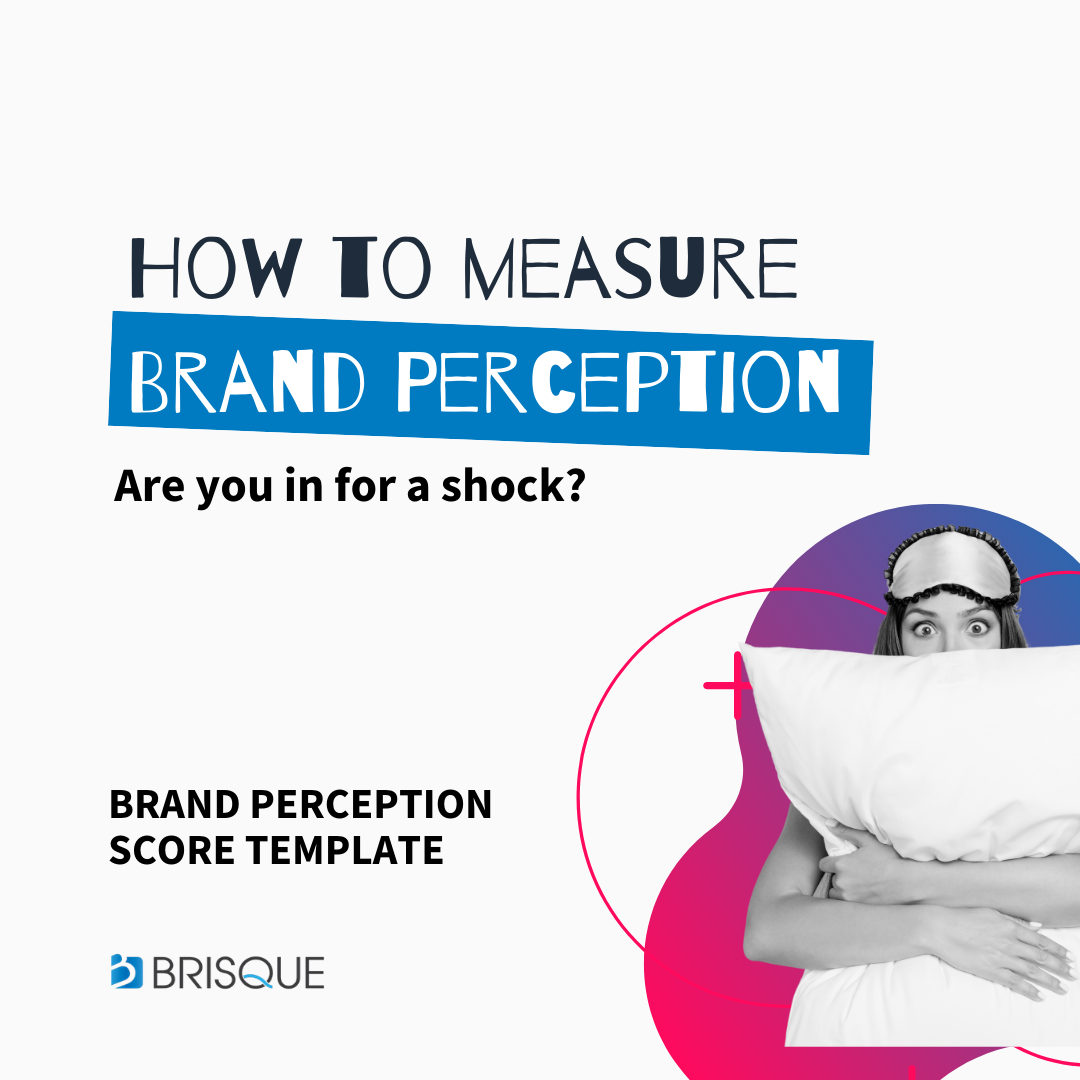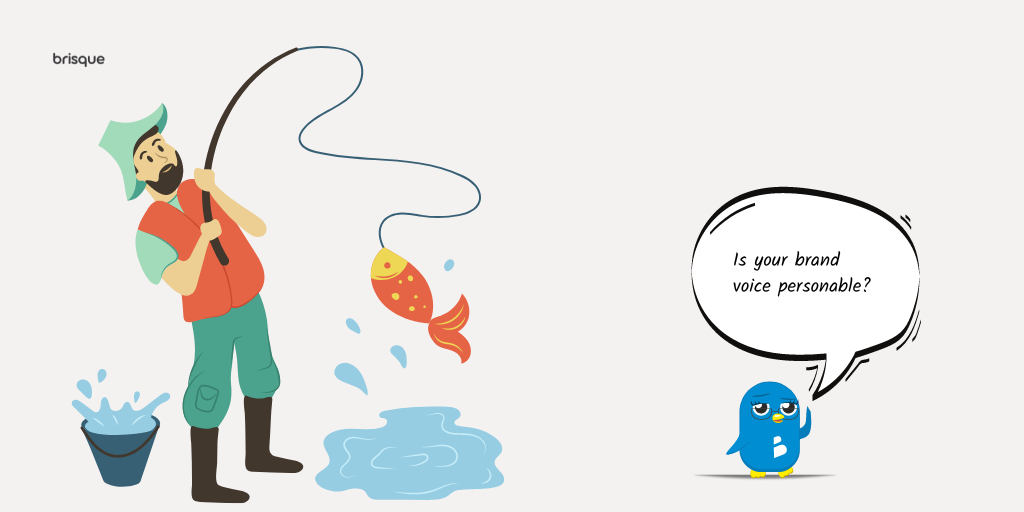Summary
Why are branding campaigns often difficult to track?
Branding campaigns are generally difficult to track because, by nature, branding awareness campaigns are supposed to be long-term plays.
Use these branding campaign metric ideas to get your brand awareness campaigns off to the right start with the right metrics.
Whether you are going through a rebranding campaign or just running a general branding campaign to increase your brand awareness, tracking the success of your campaign is critical. However, tracking the value of a branding campaign is quite tedious at best and sometimes even illusive. It’s easy to say that my advertisement reached 10,000 people but trying to measure the value of reaching those 10,000 is quite tricky. Of those 10,000, you might have some that take action right away, and when that happens, great! It’s easy to attribute a sale.
What about all the other people that may be influenced by your branding campaign but end up taking action down the line? How do you track brand value or brand awareness reach for branding campaigns?
Why Is It So Difficult to Track Branding Campaigns?
Branding campaigns are generally difficult to track because, by nature, brand awareness campaigns are supposed to be long-term plays.
What is a Branding Campaign?
Branding campaigns are marketing campaigns designed to continuously educate an audience about the value of a brand or product. The idea is that, after seeing the brand so many times, when it’s time to make a purchasing decision, you’d end up going with the brand that you know or recognize.
Essentially, branding campaign strategies are not supposed to be short-term wins. While this is true, it’s also difficult to attribute marketing dollars to campaigns that you can’t immediately track. Still, at the same time, you can’t diminish the value of a brand gaining recognition in the marketplace. Therefore, brand awareness is a critical component of growing any business to scale.
Before we get into the specifics of tracking your brand awareness campaigns, let’s take a look at the steps for creating a branding campaign. At the end of the day, tracking how successful a branding campaign is may lie in how you approach the branding campaign.
Learn more: Brand Differentiation Strategies
How to Create a Branding Campaign
There are five main aspects of a branding campaign strategy:
- Brand Target Audience
- Brand Campaign Channels
- Brand Tone/Feeling
- Brand Message
- Brand Campaign Metrics
Let’s take a look at each of them.
1. Brand Target Audience
I had a conversation with a great salesperson trying to sell a brand placement in a magazine that wasn’t related to the company I worked with at the time’s industry. At some point in the conversation, the salesperson said something to the effect of, “well, your software is for businesspeople, so at the end of the day, the more eyeballs you can get on the software, the better. Our audience is broad, but it can still be helpful.”
I paused for a second to think about it. It made sense.
Yes, the software was for businesses but not all types of companies, and there is a chance that other business owners talk to other business owners. In this case, while I recognized that there could be some value in advertising with the magazine when you have to prioritize your marketing activities, you have to go with directly related activities to your target audience. So, in this instance, I didn’t think it would be a good fit. However, targeting the right target audience makes a big difference in the success of your brand campaigns, and it makes tracking your efforts significantly easier.
In selecting your target audience:
- Select an audience that can relate to your product directly or will use your product
- Aim to understand the current challenges that your target audience might be facing
2. Brand Campaign Channels
Selecting a channel for your brand awareness campaigns can sometimes seem complicated. This is because there are so many channels to choose from these days and different mediums to use.
Here’s what your brand campaign channel selection should come down to, “where does my audience hang out?”
Wherever they hang out, that’s where you want to be. It’s as simple as that.
When you are going through your audience research, add a simple question about which channels or industry publications your audience follows. For instance, if most of your customers subscribe to a specific industry magazine, it might be safe to assume that that industry magazine will be more relevant to you than another industry magazine.
3. Brand Tone/Feeling
Before you start the fun part of crafting your marketing messages, decide in advance what you want your brand tone or feeling to be.
In our marketing messaging workshop exercise, we call this “Thinking Inside the Box.”
The general idea is if you want this exercise to be a fun team-building activity, you draw a box on a whiteboard. If you are doing this remotely, you can use whiteboard software. Then inside the box, label that as brand tone/feeling. Then outside the box label, that as what we don’t what our brand tone or feeling to be.
In the box, you have employees list attributes they want customers to feel when working with your company. If you are doing this in person, you can use sticky notes, and each person can stick their words up on the whiteboard. If you are doing this remotely, then you can have a one-person type in all the information.
Next, from your target market survey, add information on how your target market wants to feel about their solution provider. For example, if you have customers, then include information about why your customers choose your solution.
Then, finally, come up with attributes or things that you don’t want to have associated with your brand. Basically, if you don’t have any rules about what you don’t want to be associated with your brand, it leaves things too open, and in some respects, anything goes.
Here’s what your exercise could end up looking like (if you can read my scribbles)

Let’s talk: Schedule your marketing messaging workshop.
4. Brand Message
Your brand message is the most crucial aspect of any branding campaign. Once you know who you are marketing to, you can easily create a brand awareness campaign centered around that audience. Remember, successful brand campaign messages are brand campaigns that have messages that you can easily resonate with.
At Brisque, we rely on the LED (Listen, Empathize, Dream) humanized marketing message concept. For every marketing message, you have to sound like you are listening to understand the pain, and you are empathizing. You can describe the effects of the pain, and you can also easily demonstrate the dream or solution that you are selling.
Remember, it’s not as essential to sound catchy as it is to communicate with a message that your audience can easily understand. Suppose you can craft a marketing message that’s catchy and easy-to-understand, then great. However, if you are torn between a catchy message and something not so catchy but drives the point home, always select driving the point home.
Catchy Marketing Messages vs. Easy-to-Understand Marketing Messages
Let’s look at an example.
In this fictional example, we’ll imagine that you have developed a software solution that can automatically light artificial candles (I came up with this example because I happen to have a candle close by as I write this ). We’ll call this company AutoLuz. With your AutoLuz software, users can program their artificial candles to light automatically based on the schedule that they want it to, without having to ever touch their candles.
You decide that to build your brand; you’d like to run a brand awareness campaign.
So, you go through the brand messaging crafting exercise and decide on two possible options:
Message 1: AutoLuz. Light up your life.
Message 2: Still switching your candles on, yourself? That’s so 1960. Try AutoLuz. Automatic candle lighting for all your synthetic candles.
In this example, you can tell that message #1 sounds short and sweet, but it also doesn’t say anything about the pain that you are solving. So even though the first message might sound catchy, it’s better to go with message #2 because your audience is more likely to understand what you are selling.
Side note: I know this is not the brightest software idea. I’m sure that if I went through the product validation process, I’d find no market for this. But, it turns out that I have to keep looking for more great software ideas.
Brand Campaign Metrics
For the most part, branding campaigns are considered unsuccessful because sometimes we don’t set up the right metrics to track the branding campaigns. So it’s the good old problem of how do you measure the marketing ROI of an activity that could yield results years down the line?
Related: How to Calculate Leads Needed to Meet Revenue Goals
Branding Campaign Examples
The best branding campaigns are those that start with a purpose. First, you have to know why you are creating your branding campaign. To do this, you first have to determine the type of branding campaign that you are looking to run.
Types of Branding Campaigns
- Corporate Branding Campaigns
- Personal Branding Campaigns
- Rebranding Campaigns
- Internal Branding Campaigns
- Co-branding Campaigns
- New Product Branding Campaigns
Corporate Branding Campaigns
Corporate branding campaigns are marketing campaigns designed for businesses or corporations. Corporate branding campaigns can take different forms. They can be a general corporate brand awareness campaign where the company uses various marketing activities to increase brand awareness and brand recognition. It can also be a rebranding campaign, an internal branding campaign, a co-branding campaign, or a new product branding campaign.
Personal Branding Campaigns
Personal branding campaigns are marketing campaigns that are designed for individuals to create a form of association or brand recognition. Personal branding campaigns can be rebranding campaigns or co-branding campaigns.
Rebranding Campaigns
Rebranding campaigns are marketing campaigns where a company or person looks to change their brand perception by using a marketing initiative specifically geared towards creating a new brand image or perception.
There are many instances where a person or a company might decide to go through a rebranding campaign:
1. Rebranding as a form of reputation management after receiving negative press
After a company receives negative press coverage, the company may look to redeem the brand image by coming up with a rebranding campaign to make amends and change the public’s perception. Examples of these are Uber’s rebranding campaigns after numerous public scandals and Wells Fargo’s rebranding campaign.
2. Rebranding to refresh a brand image
A company or an individual may decide that it’s time to refresh a brand image if it feels like the brand image is outdated or no longer reflects its core values. With this type of rebranding campaign, the goal is to get customers associating the brand with something else, but it doesn’t happen as a form of damage control.
Read Also: 11 Technology Marketing Strategy Examples to Learn from Uber’s Move to Grocery Delivery
Internal Branding Campaigns
Internal or employee branding campaigns are focused on building brand awareness or driving a message home about a brand internally. I would argue that for any corporate branding initiative to be highly effective, you need to have an internal branding campaign. Imagine trying to change the world’s perception of your company only to find that your employees still think the same thing that you are trying to change. Or, what’s worse, they still do the same things that don’t align with your new brand image. So don’t overlook internal branding campaigns because it’s a very significant component of a successful corporate branding strategy.
Co-branding Campaigns
Co-branding campaigns are marketing campaigns where you partner with another company or person and create a joint brand awareness initiative. A co-branding campaign can be a short-term partnership such as sponsorship or influencer marketing or can be a long-term partnership with implementation partners for your solution.
New Product Branding Campaigns
New product or new company branding campaigns are when you create brand awareness for a company or product that is new to the marketplace. New product branding campaigns and new company branding campaigns often take a while to show results.
Types of Branding Campaign Categories

Here Are a Few Ideas for Tracking Your Brand Campaign Success
Use these branding campaign metric ideas can get your brand awareness campaigns off to the right start with the right metrics.
Build exposure metrics into branding campaigns
If you run a branding campaign with, let’s say, a podcast, you need to negotiate as part of the contract a way to track your brand exposure. Often, it’s not enough for someone to say that they have a certain number of listeners or readers, so that means that your brand had exposure to those people. To me, true brand exposure requires some form of recognition. Meaning, people might not be able to recite your mission statement, but they should at least say that they’ve heard of you before and have a sense of what you do.
How will you go about doing this?
- Ask the publisher to run a brand recognition survey as part of your campaign. If you are working with an industry publisher, you can easily have the publisher include this as part of an industry research report, so it’s not so evident that the purpose of the survey is to help you find out if your branding campaign worked. For instance, a tech industry publisher could have a study to find out current tech trends, and within that survey, have a question that asks, “Which of these brands do you know?” Or “which of these brands do you associate with… (insert whatever you want your brand to be known for)?”
Trending: Tips for Marketing Your SaaS Product as a Must-Have
Run your own brand recognition surveys
Much like the earlier concept, you can go ahead and also run brand recognition surveys periodically to track if your brand recognition efforts are working; this is about the same as using the publisher. But, again, to provide value, your questions have to be part of a more significant industry information-gathering activity. If not, you might find it challenging to find people to complete a survey that’s heavily focused on your brand unless they are your customers. Obviously, your customers already know who you are.
Track brand mentions and number of searches
Use Google trends to track how many times people are searching for your brand. In Google trends, you can quickly tell if your brand trend is going up or down. If it’s going up, then certainly your brand exposure is increasing. You can also set up Google alerts to track your brand mentions in the news. Anytime your brand is mentioned, more and more people know about your brand and are talking about it and exposing it.
Track active blog subscribers
Growing your blog subscribers is another metric that you can attribute to brand recognition. If you have people who are actively reading your blog, regardless of whether they buy something or not, they are indeed being exposed to your brand. In addition, these people are much more likely to remember what your company does.
Track website traffic
Tracking website traffic is tricky because not everyone who visits your website will remember what you do or who you are as a company. To ensure that your website traffic metric is somewhat accurate, you would look at the average number of pages that people visit before completing a form on your website, which means that they have learned enough to move on to the next stage. For people that visit that same number of pages, let’s say the magic number is three; it’s safe to assume that they’ve had enough brand exposure. You could also further refine this based on the type of pages that the person visits. Certainly, someone visiting your business’ about page and product pages is more likely to be able to talk about your company knowledgeably even if they don’t buy anything.
Track tradeshow interactions
When you go to a tradeshow or an industry event, in addition to having a general goal of getting solid leads, come up with a goal of the number of people that you’d like to educate about who you are as a company. Track that number, and at the end of the day, you can add up that number as the number of people that got exposure to your brand during the event. Do not rely on the general number of attendees that the event organizers provide.
Ask potential customers how they heard about your business
Every time you talk to any potential customer, always make sure that you find out how the person heard about you for the first time. Be sure to document this information. With time, when you have enough sample size, analyze the information to determine where you get the most brand exposure and utilize those channels more.
In the end, demonstrating marketing ROI for brand exposure is going to require a lot of experimentation. You have to look at every branding campaign in the same way that you’d look at any traditional lead generation activity and ask yourself, “how will I track the success of this?”
I’d love to help you with branding awareness and brand differentiation initiatives. Let’s talk! Click here to schedule a time.









